Visit Germany: an unmistakable country in Europe, here are the 13 things to do in Germany!
Located in Central Europe between Denmark, Poland the Czech Republic, Austria , Switzerland, France, Luxembourg, Belgium and the Netherlands Germany is a federal republic of 83 million inhabitants spread over an area of 357,340 km2. The first European power, the first economy in the euro zone, and the fourth largest economic power in the world, Germany has a leading historical and cultural heritage in Europe, attracting more than 37 million visitors every year.
If you come to visit Germany, there are so many things to do and to see that you should animate an entire blog on the issue to cover the topic: what to do in Germany? Between cities and their nightlife – Berlin, Hamburg, Cologne, Munich -, natural parks – Bavaria, the Alps, the Rhine Valley, etc. -, castles and historical monuments, you will not miss things to do! Here’s our selection of things to do to visit Germany!
1. Berlin
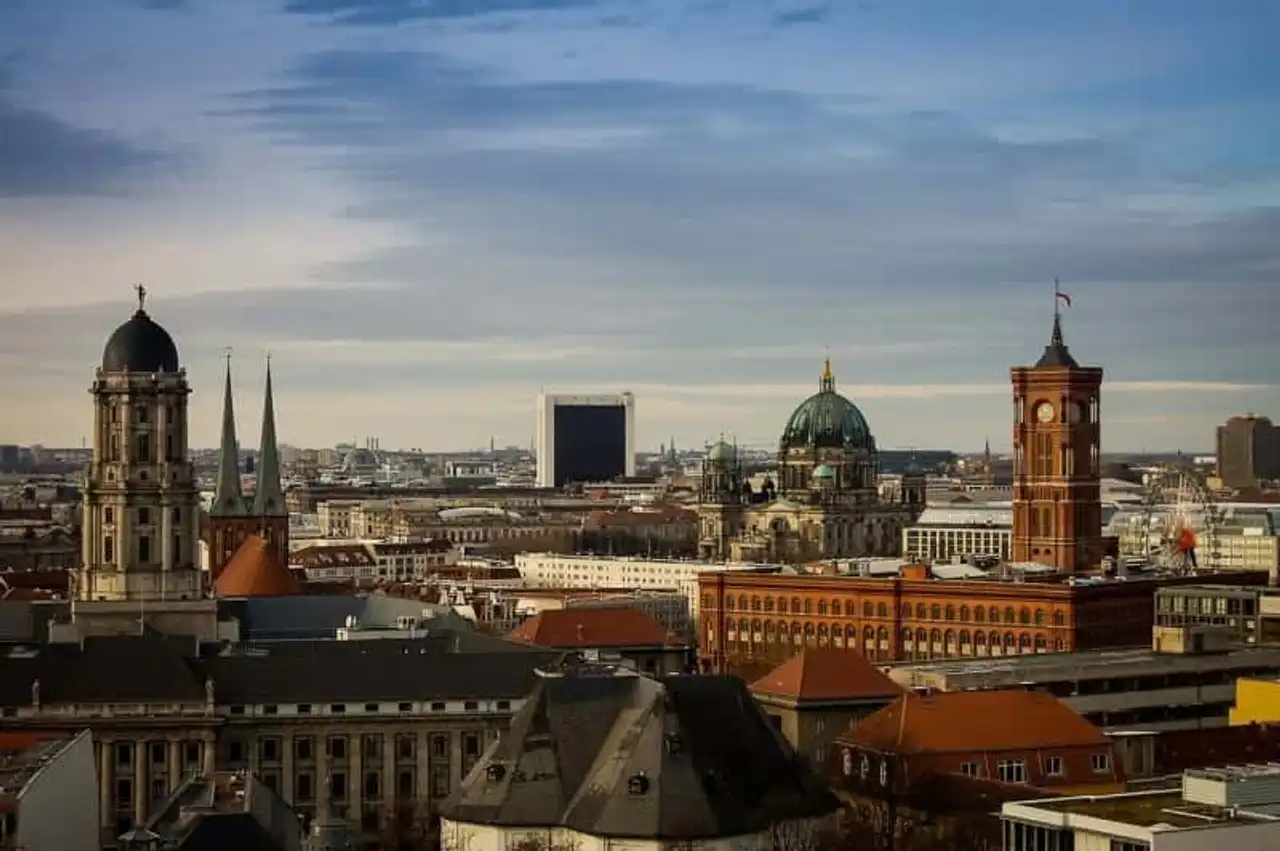
Starting point to visit Germany, Berlin is a vibrant, vibrant, cultural and artistic city with 166 museums, 60 theatres located in the east of the country. Don't miss visiting Reichstag , the Brandenburg Gate, the Berliner Dom, the Memorial to the murdered Jews of Europe, the Checkpoint Charlie, the Fernsehturm Tower or the Museum Island.
Spread in the city's multiple parks and green spaces, Alexanderplatz and Potsdamer Platz and visit the Pergame Museum , the Gedenkstätte Berliner Mauer – Berlin Wall Memorial.
2. Hamburg
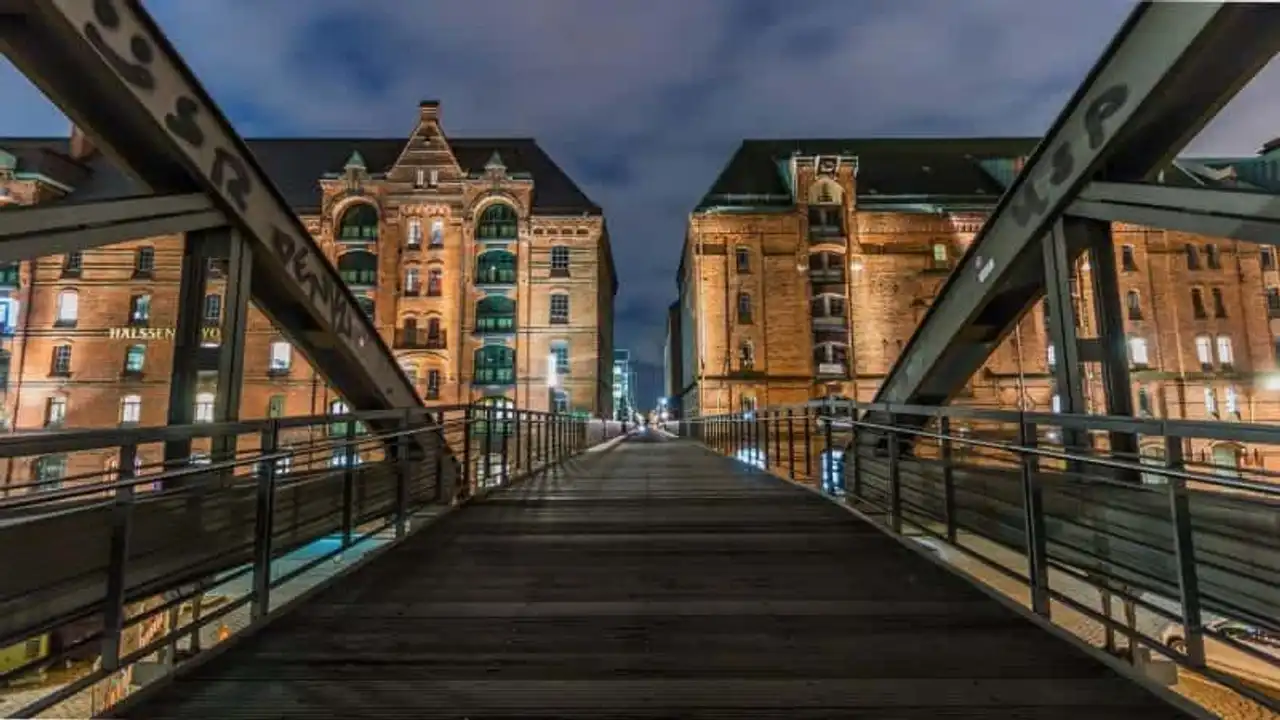
Hamburg, the second city of the country, houses 1.8 million inhabitants. A former founding member of the Hanseatic League, Hamburg is similar to a very active, cultural and festive northern city. Rock capital in Germany, you'll enjoy beautiful walks along the Jungfernstieg promenade surrounding Lake Alster. Go to the famous Reeeperbahn to party until dawn and Mönckebergstrasse for shopping.
The warehouse district – Speicherstadt -, a UNESCO heritage site, is home to unmissable museums. Go through the church of Saint-Michel, the largest in the city. 453 steps lead to the bell tower to see the city from above. Your urban journey is not over: visit Munich, Dresden , Cologne Nuremberg. The Notre-Dame Church and the Brühl Terrace in Dresden, the Trial Museum and the Documentation Centre in Nuremberg if you like history, the Cologne Cathedral, the Munich Cathedral and its breweries are immanquable.
3. Oktoberfest Festival
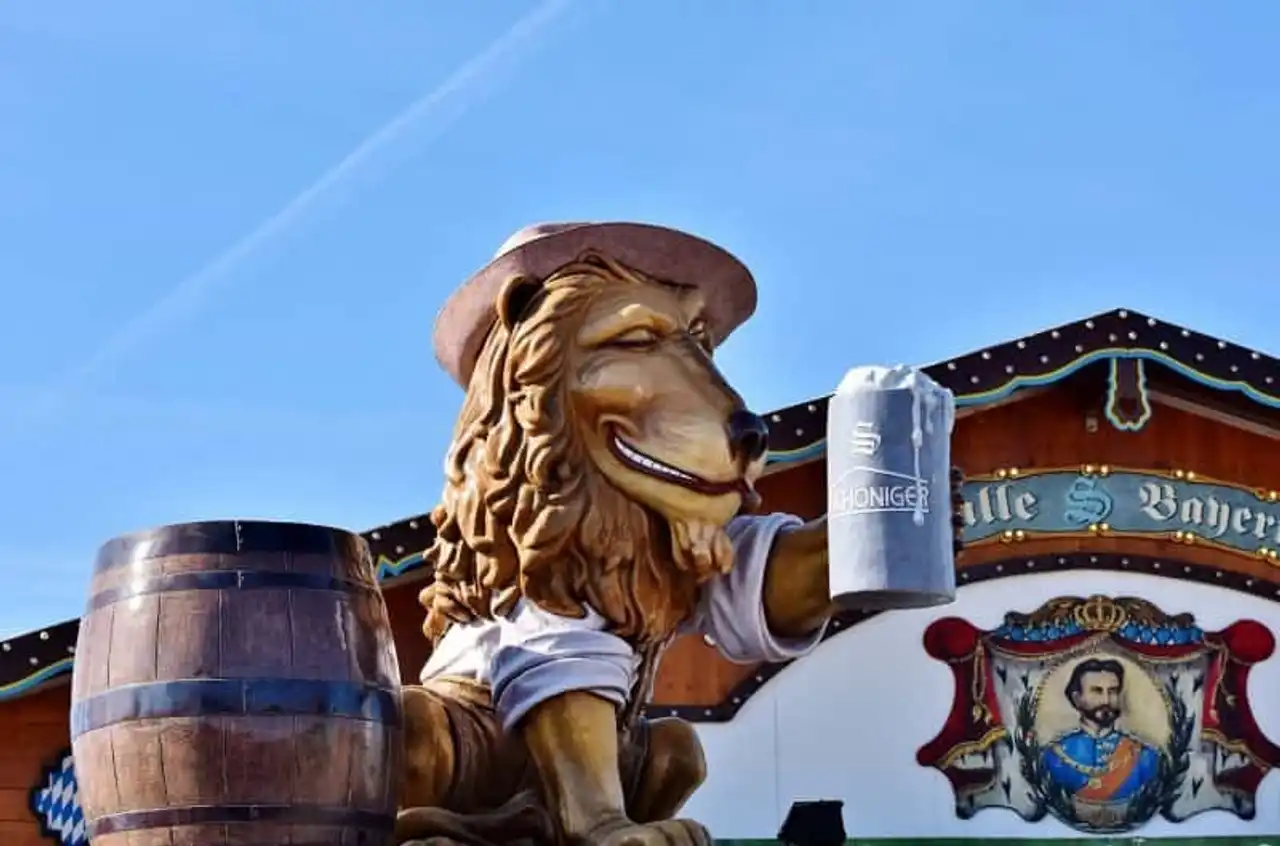
What to do in Germany? Drink of beer, of course! Do you know Paulaner? If you come to Bavaria in October, don’t miss the Oktoberfest. You don’t like beer? Go for the atmosphere! The largest traditional and popular holiday in the world, Oktoberfest attracts more than 6 million visitors drink each year.
Fourteen giant tents and beer gardens are waiting for you to swallow a liter of local beer by listening to traditional Bavarian music, and of course by discussing and laughing with your table neighbours.
4. The Black Forest
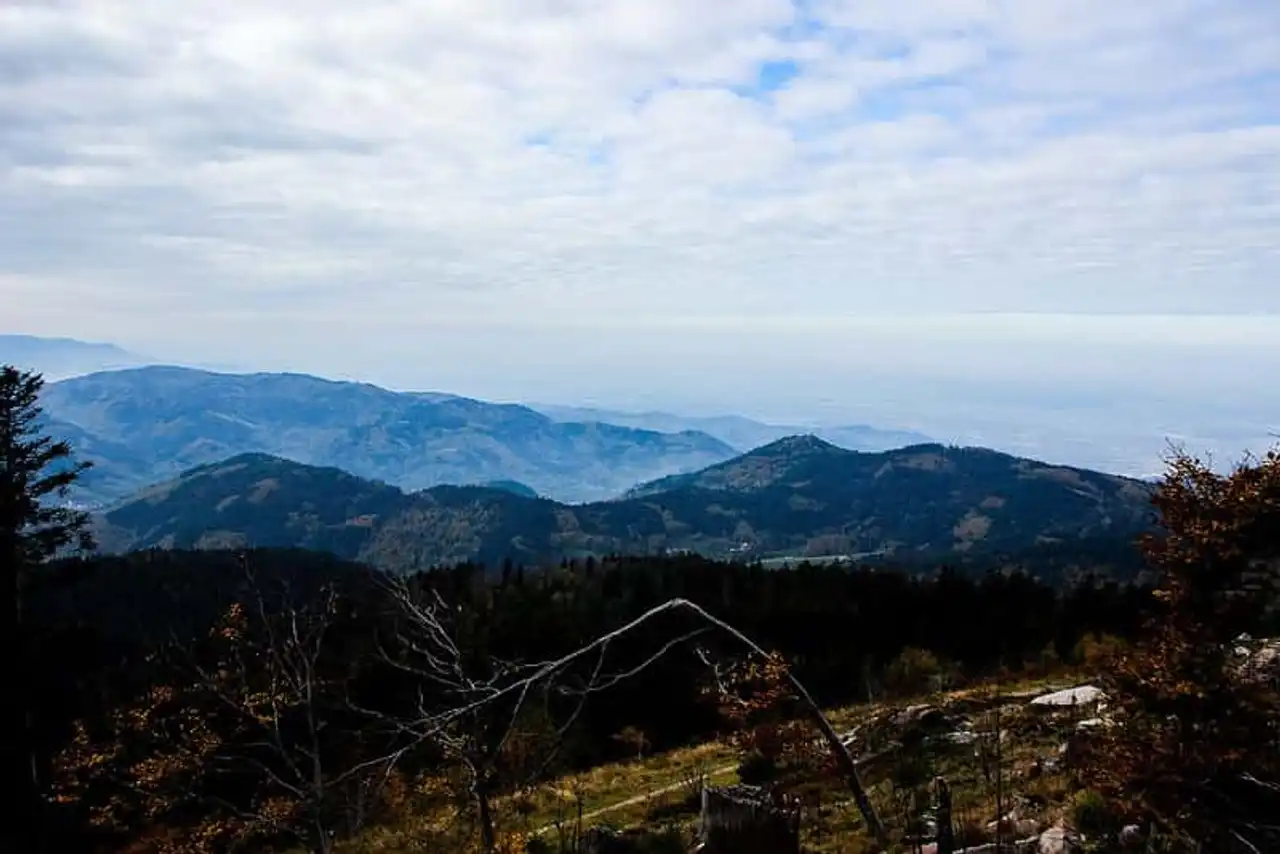
Photo credit: Flickr – Mac.Else von Berlin
Land of hikers par excellence, the Black Forest has no less than 20 hikes, three of which are popular: the Westweg, the Mittelweg and the Ostweg. But the massif also includes 14 GR trails. Situated south-west of the country on the border with Alsace, the Black Forest is a mountainous massif renowned for its dense vegetation with persistent foliage, dotted with picturesque villages.
The massif peaks at 1,493 metres above sea level and covers an area of 6,000 km2. The Schluchtensteig Trail – try to pronounce it... -, for example, is 118 kilometers long, winds through 7 canyons, and offers a panoramic view of the whole Black Forest.
5. Swiss National Park Saxonne
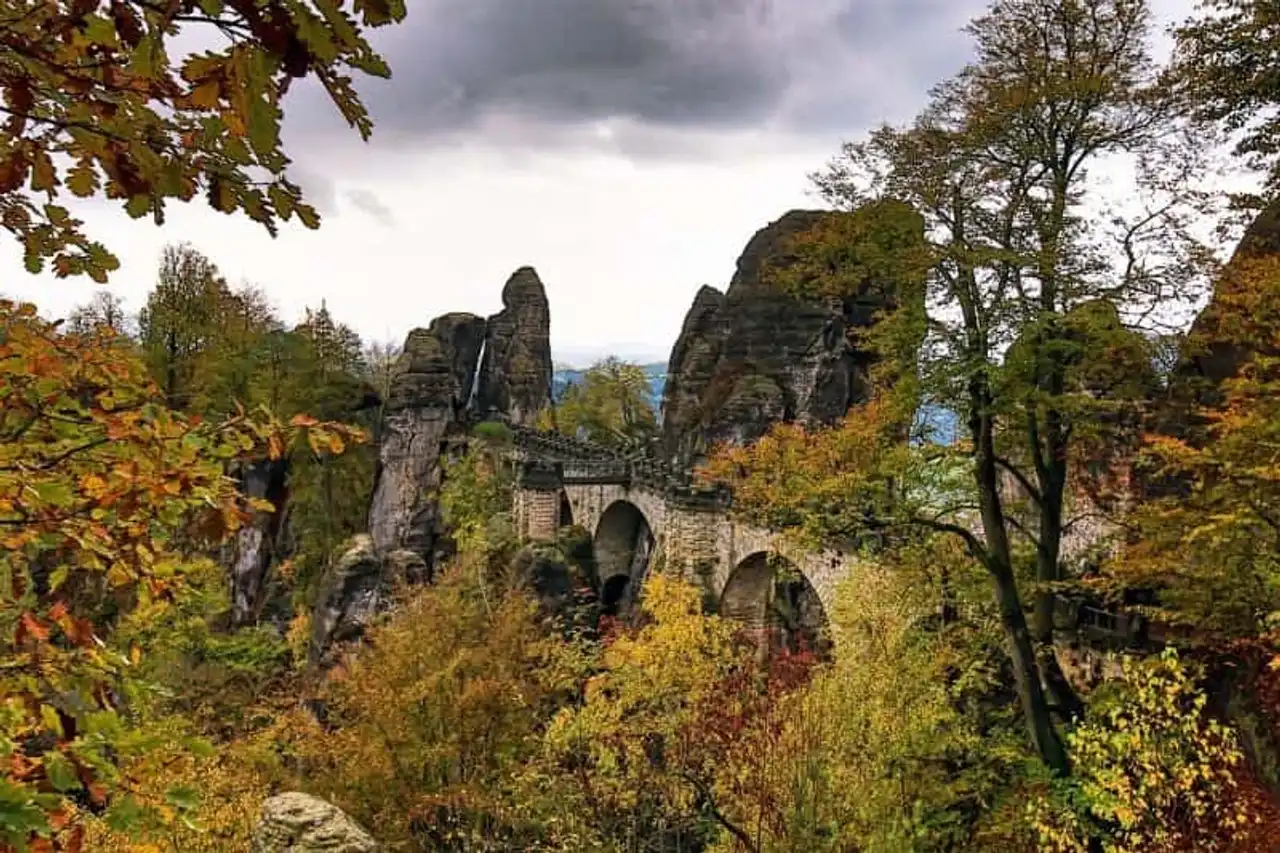
Situated east of Dresden and at the level of the Czech border, the Swiss National Park Saxonne covers an area of 9,350 hectares in the Grazing massif of Elbe. Its highest point is the symbol of the park, the Lilienstein, which is at an altitude of 405 metres. The park shows natural monuments, some of which date back to 100 million years.
The National Park is also a cradle of free climbing: the 1 106 greasant formations of the park make it the largest outdoor climbing wall in Germany. The hikers will also have a unique panorama, taking the Malerweg ("the path of painters", 112 kilometers long).
6. Rothenburg ob der Tauber
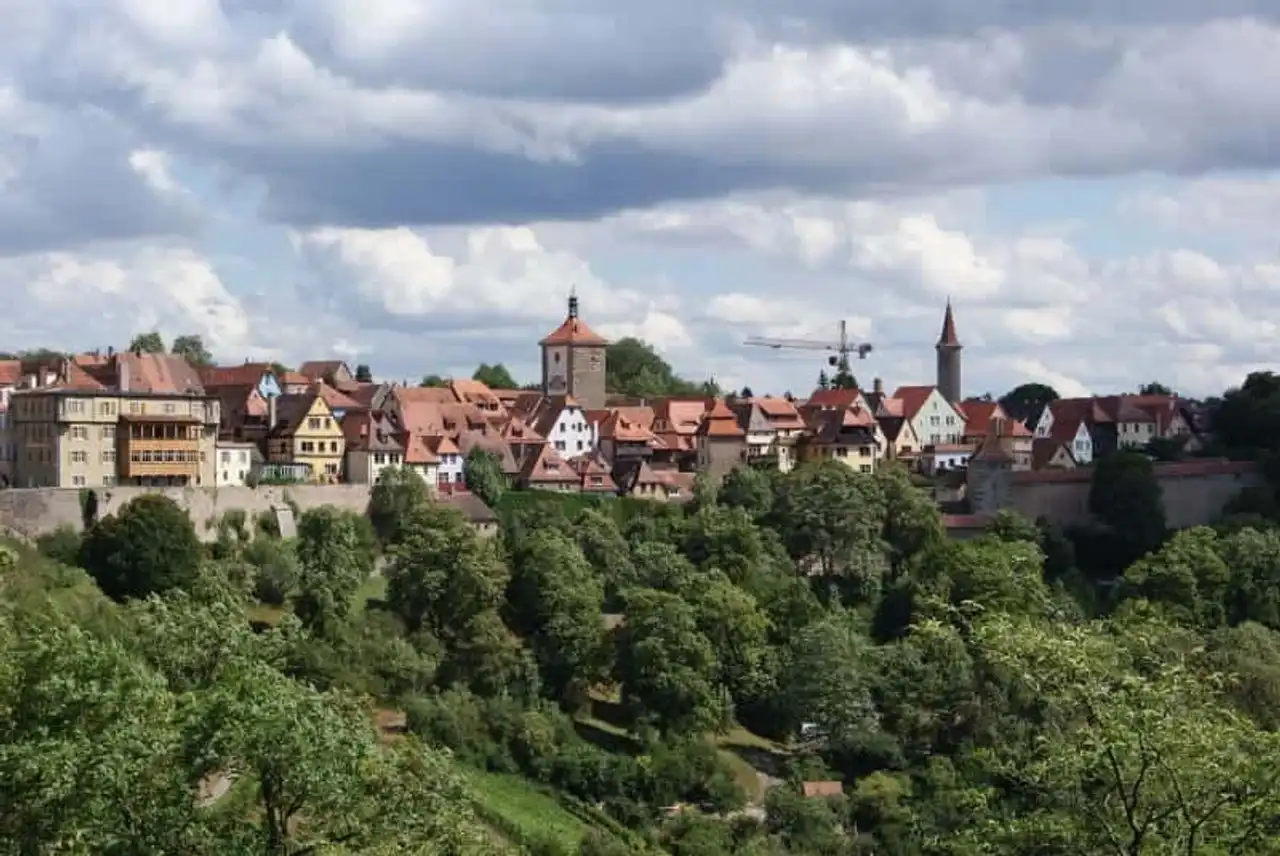
Want to visit Germany by exploring history? The village of Rothenburg ob der Tauber is renowned worldwide to be the symbol of German romanticism. It is a medieval town in the south centre of Germany, west of Nuremberg, Bavaria. The city of 11,085 inhabitants has been able and able to remain intact since the Renaissance and has not been modified since the Thirty-Ans War (1618-1648).
Its fortified enclosure dates back to the 14th and 15th centuries, which is in part a very high place of tourism in Germany. See: the crime museum, the legal museum, and the imperial city museum.
7. The old town of Augsburg
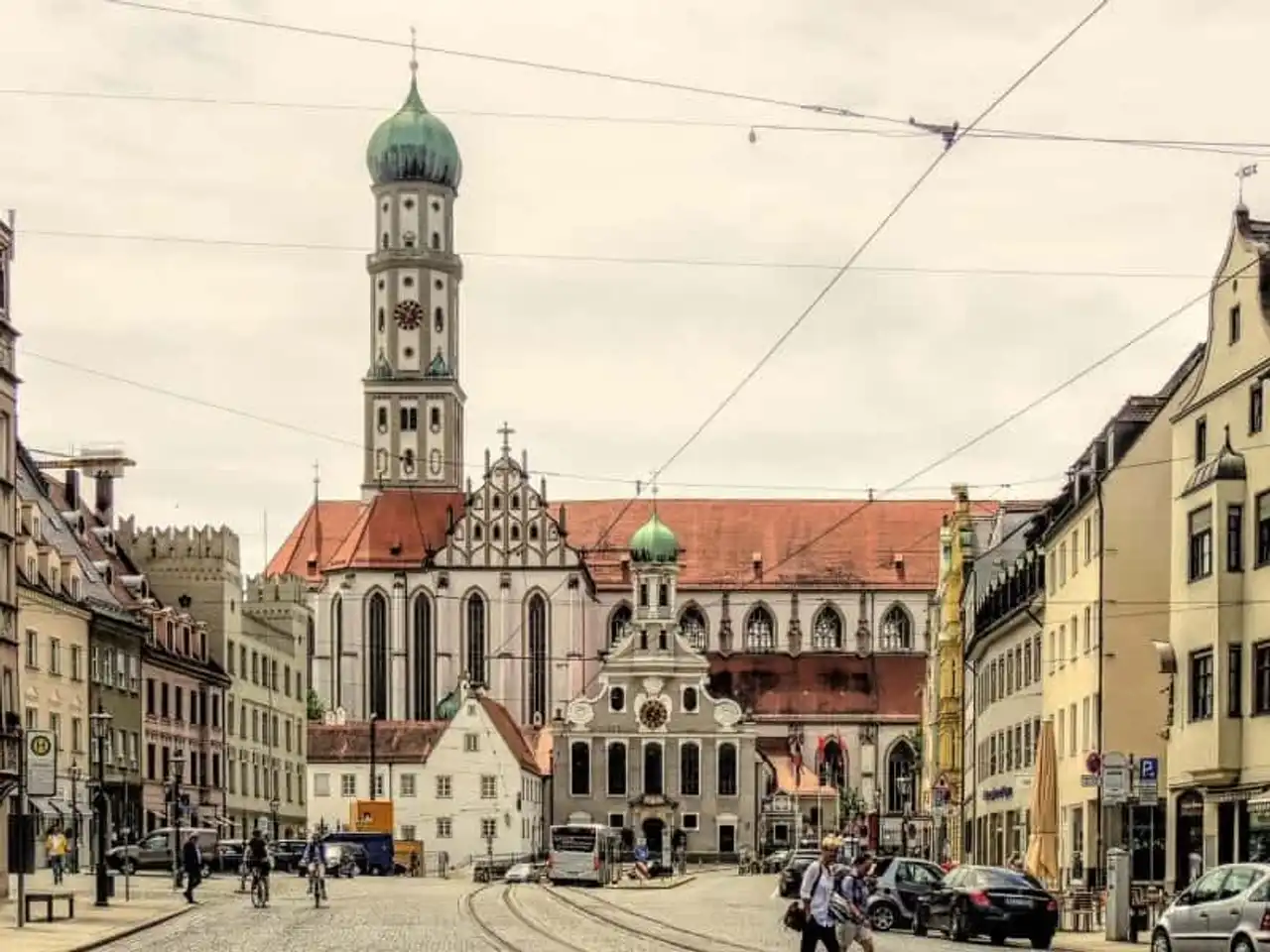
Located on the “Romantic Route”, the historic city of Augsburg is one of the oldest cities in Germany. We must visit Augsburg if we are an amateur of European history. Because this city was the crossroads of the continent’s commercial routes in the Middle Ages: in the 15th and 16th centuries, the city was one of the most influential in Europe.
The city of today has 286,000 inhabitants, and its old town houses several monuments and museums: the Schaezler Palace – the fountains of Maximilianstrasse, the Augsburg Cathedral and the Augsburger Puppenkiste Museum (the house of the dolls).
8. Rügen Island
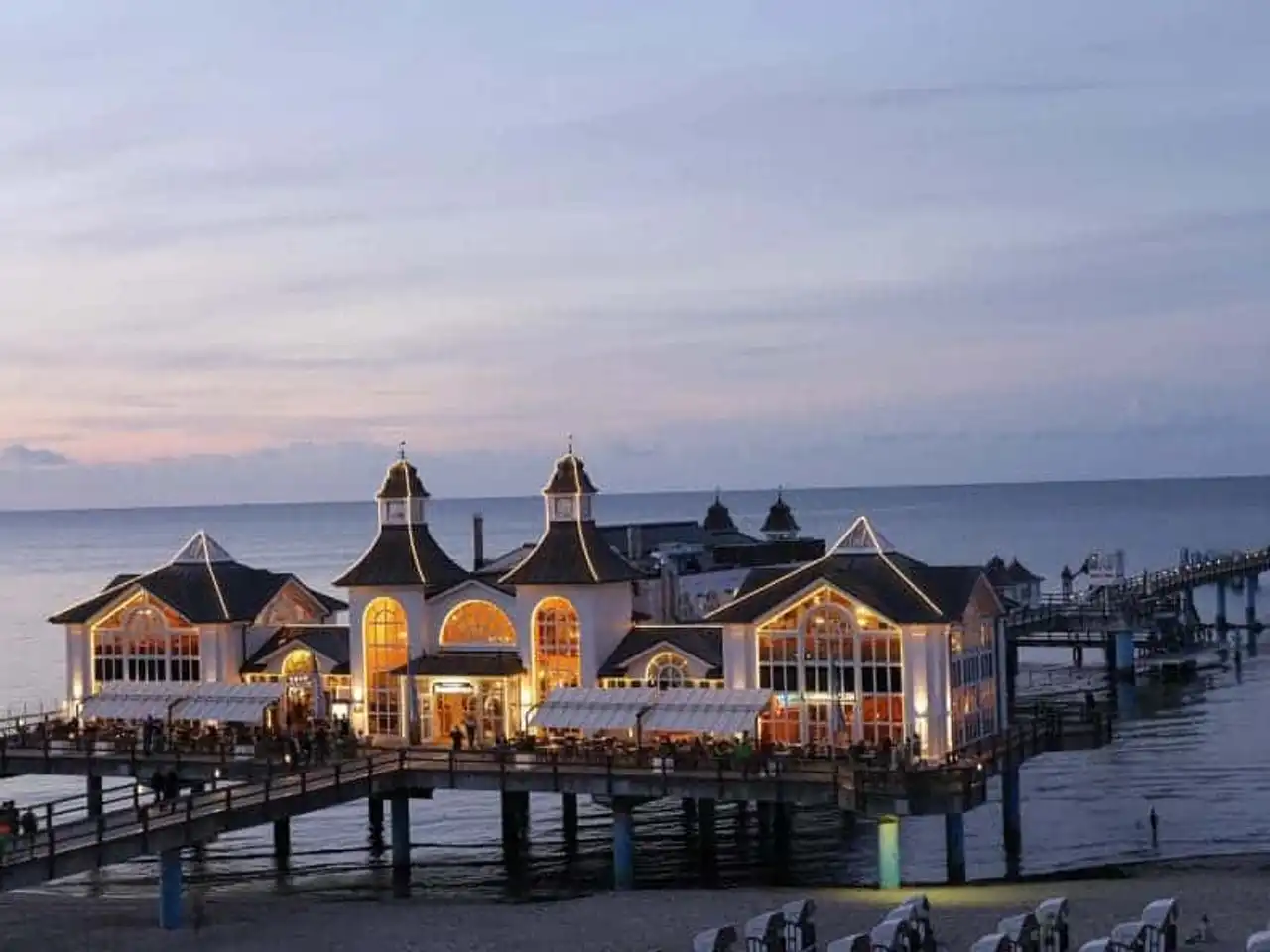
Are you visiting North Germany? Don’t miss Rügen Island. The largest German island located north on the coast of Mecklenburg-Pomerania, the island of Rügen is a privileged resort of tourists – acclaimed – Germans.
The island is 926 km2 and is populated by 73,000 inhabitants. Don’t miss hiking in Jasmund National Park, watching the chalk cliffs – Kreidefelsen -, standing at 118 meters above the sea, bays and peninsulas.
9. The castle of Heidelberg
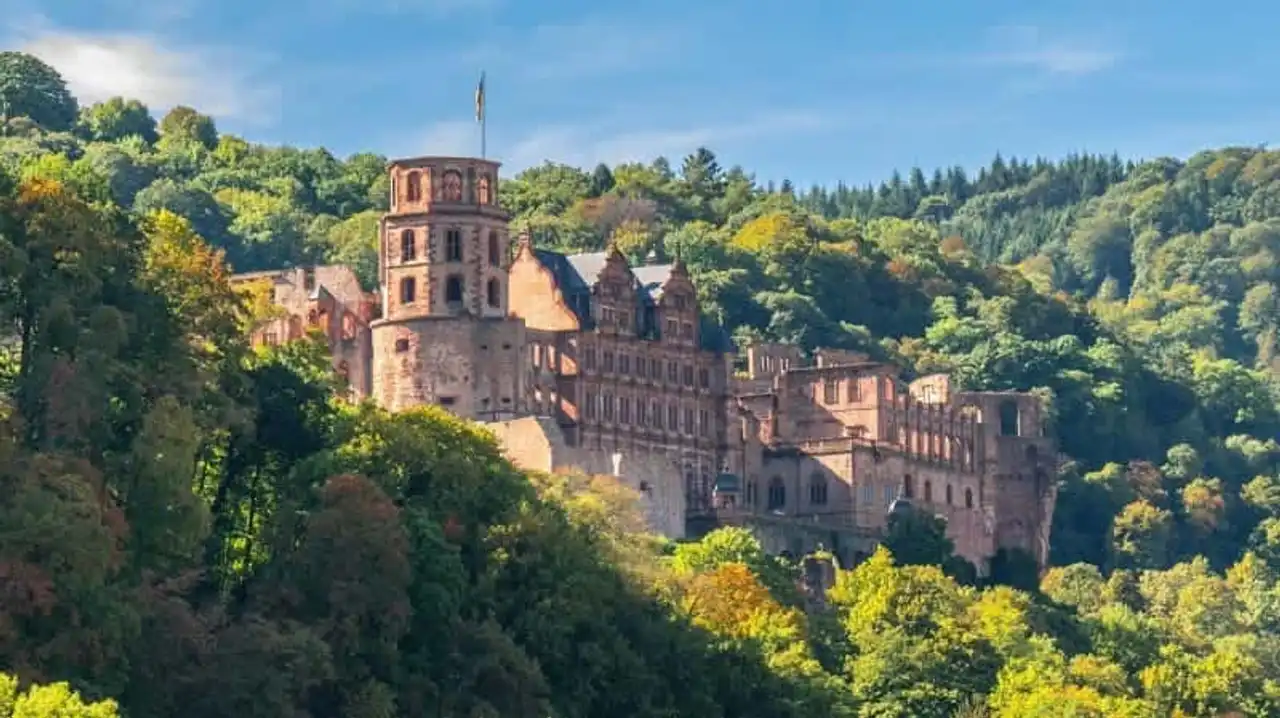
Located between Frankfurt and Karlsruhe a few kilometers from the Alsatian border, the castle of Heidelberg is a ruined castle dating from the 13th century, built between 1294 and 1303.
Once built to control the Neckar valley, it is now surrounded by the city of Heidelberg. If you come to visit the castle of Heidelberg, you will see the "broken tower", south of the site, the Grand Tonneau, dating from the 18th century, which was used to draw wine in the royal room.
10. The Neuschwanstein Castle
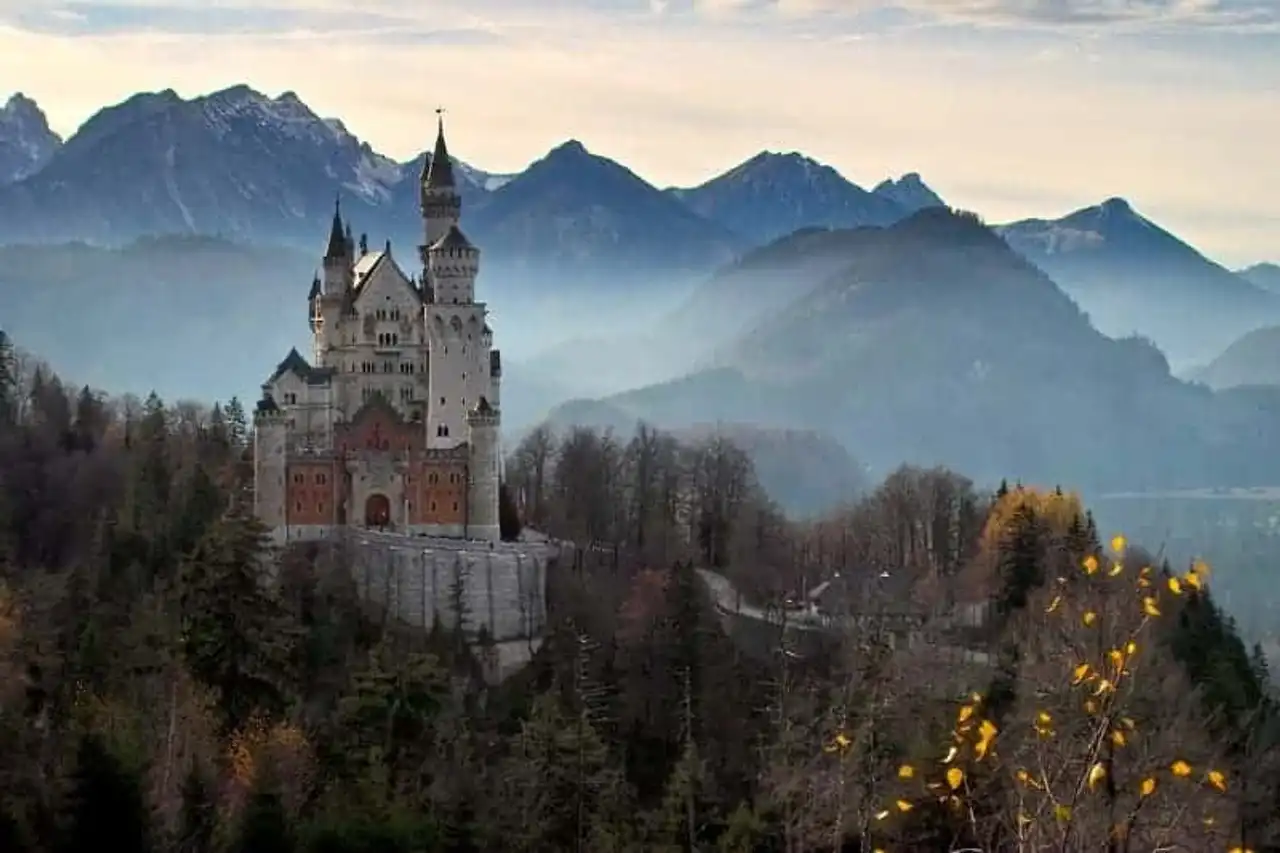
Here is a must-see monument to visit Germany: Neuschwanstein Castle. Located a few kilometers from the Austrian border, on the foothills of the Alps, it is perched on a rocky sparrow at 200 meters above sea level, and was built by King Louis II of Bavaria in the 19th century. It is a relatively recent castle, but it has become the most famous in Germany, visited by more than 1.4 million people a year.
To visit the castle, you will have to pay a guided tour for 35 minutes. It is called the fairy tale castle so it dives into an extraordinary universe. The bridge Marienbücke offer a superb view of the castle and its rocky promontory, covered with vegetation.
11. Lake Constance
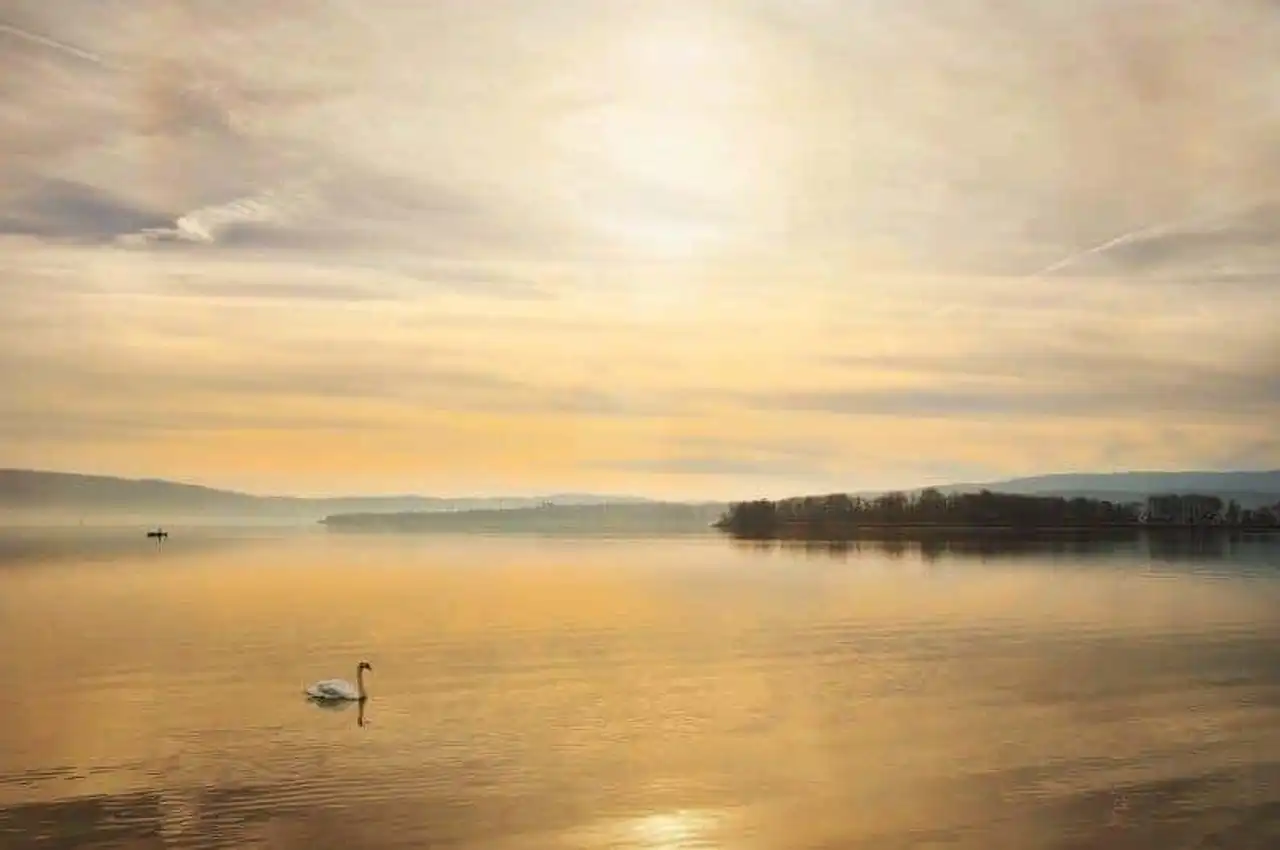
We had stayed close to the lake in Bregenz in 2017: Lake Constance is a water plan between Germany, Switzerland and Austria, on the foothills of the Alps.
Powered by the Rhine, it is 63 kilometers long for 14 kilometers wide: a vast area – 536 km2 – allowing the premises to come to recharge as at the sea, in the many nautical spaces of the towns of the lake: Lindau, Friedrichshafen, Meersburg, Constance, Bregenz, Rorschach, etc. Bregenz, on the Austrian side, has a beautiful green beach on the lake.
12. Lake Königssee
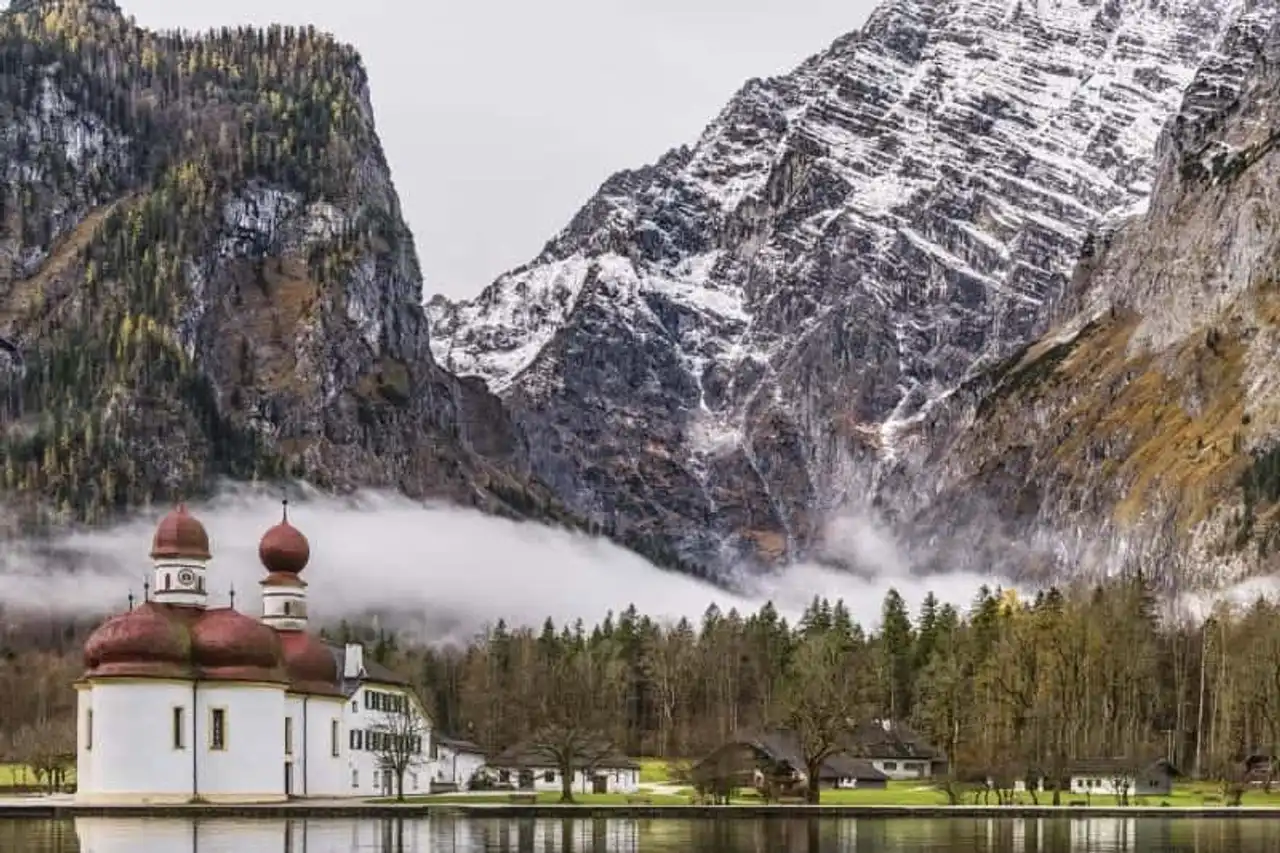
On the other side of the German border: what are you looking for in Germany? On the way to the Balkans? Don't miss Königssee, a lake in the alpine mountains. It is also a resort for Germans and Austrians, not far from Salzburg .
Similar to a fjord, it offers beautiful photographic shots and allows to do various outdoor sports activities. See: Kirche St. Bartholomä, Mount Watzmann and the Obersee.
13. The bridge of Rakotz
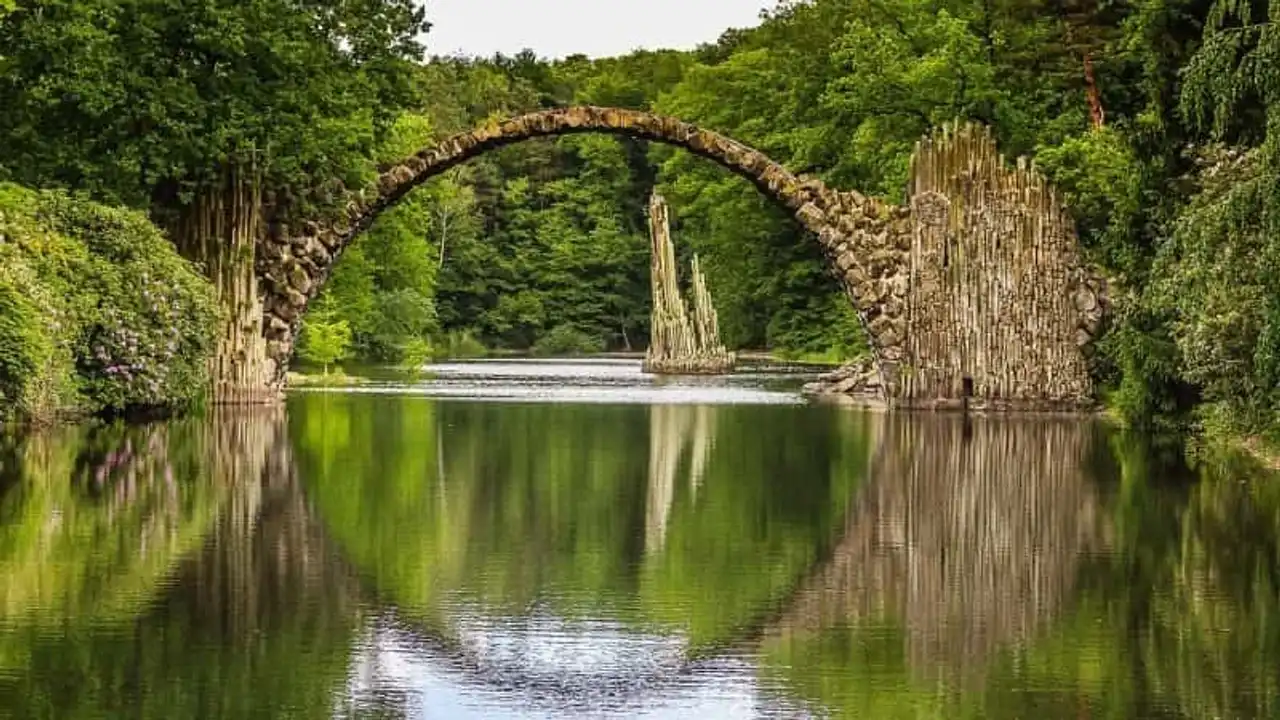
The bridge of Rakotz, also known as the bridge of Rakotzbrücke, is located in the heart of Saxony and is often called the devil bridge because of its illusory effect. This arc is so perfect that the inhabitants of the time claimed that it was impossible for this bridge to be a human work, hence the legend that feeds the place: the devil himself would have built it!
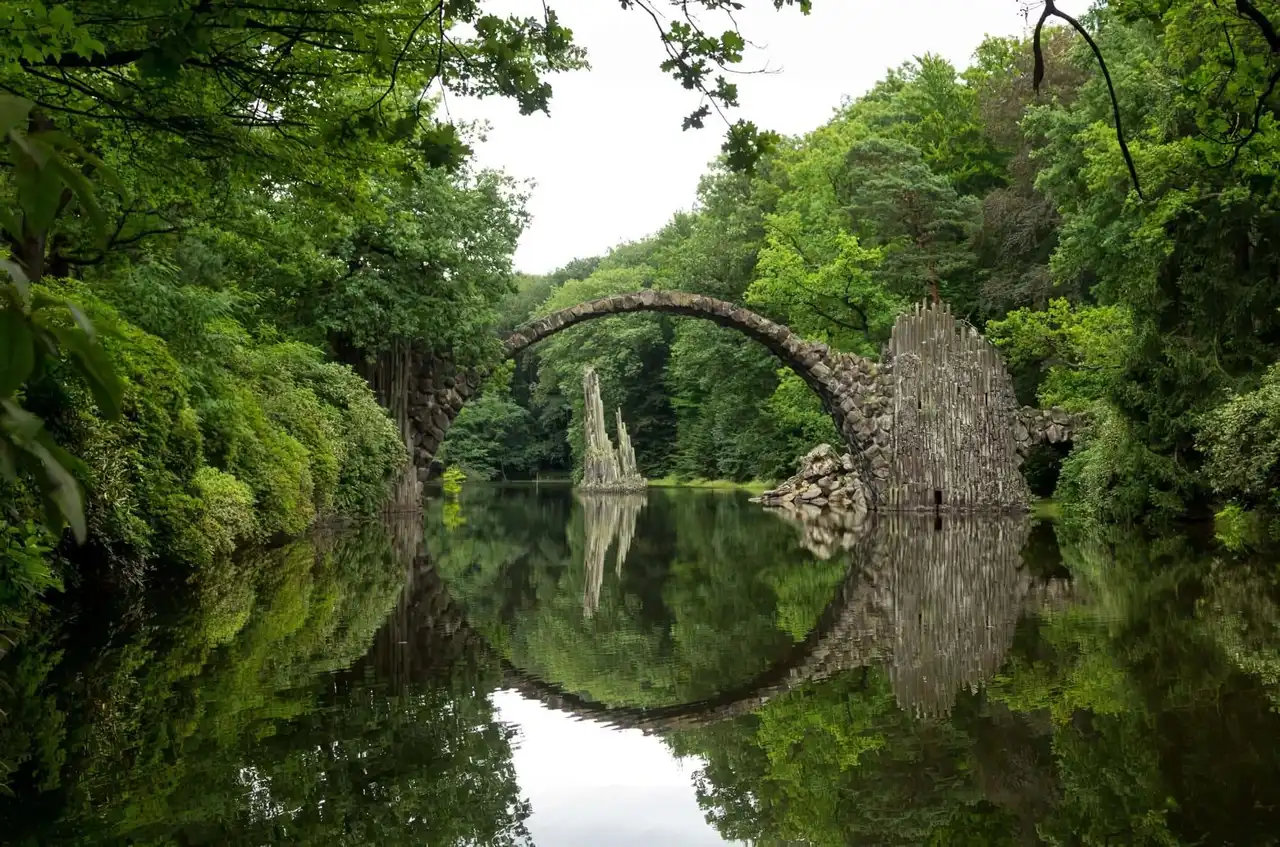




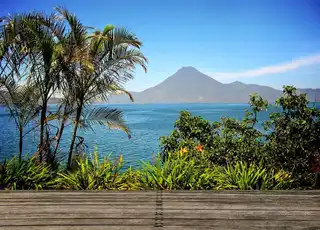


Loading comments ...